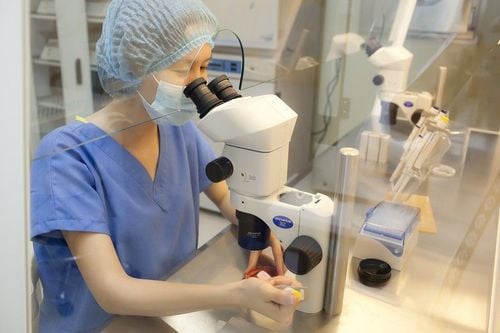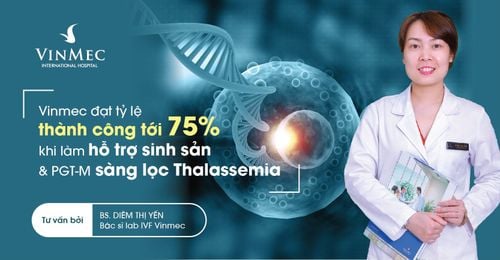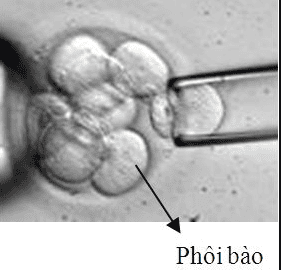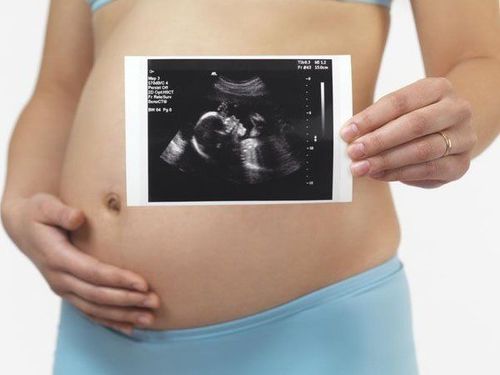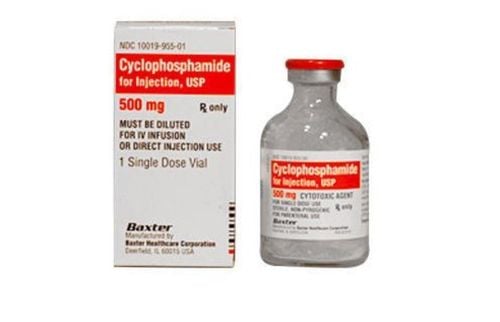This is an automatically translated article.
This article is professionally consulted by Master, Doctor Nguyen Thi Cam Van - IVF Lab Doctor - Reproductive Support Center - Vinmec Times City International Hospital. The doctor has experience and strength in performing specialized techniques of assisted reproduction in the IVF lab.1. Three types of PGT . tests
First: PGT-M: a test for genetic diagnosis of preimplantation embryos, this is a diagnostic method for single-gene abnormalities.Second: PGT-SR : this is an evaluation test for abnormalities caused by chromosomal rearrangement. The PGT-SR test can detect chromosomal abnormalities caused by unbalanced translocations, Robertsonian translocations, and chromosomal inversions.
Third: PGT-A (formerly known as Pre-implantation Genetic Screening - PGS): is a test to screen embryos with abnormalities related to chromosome number. Chromosomes are the genetic material that contains DNA. The number of each type of chromosome in human cells is 2. When the number of chromosomes changes, it can cause the embryo not to develop, not to implant in the uterus, or can cause Down syndrome, Turner, Klinefelter,...
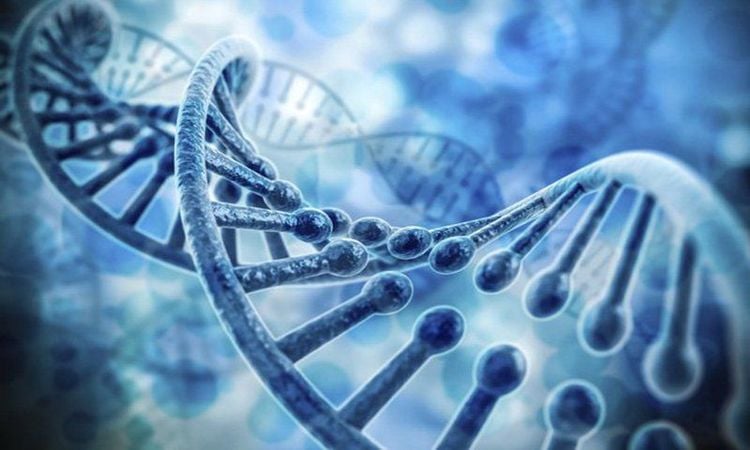
What is an embryo biopsy? Why do you need an embryo biopsy?
2. PGT . designator
2.1. PGT-M Husband and wife carry genetic mutations that cause disease: Thalassemia, Myelodystrophy, cystic fibrosis,... Wife carries mutations in X-linked genes (Hemophilia, Duchenne muscular dystrophy /Becker...) Special case: Sex selection: sex-linked genetic disease Late-onset genetic disease (breast cancer gene BRCA1, BRCA2...) Stem cell therapy: select the right HLA case 2.2. PGT-SR Spouse with chromosomal abnormalities: chromosomal balance translocation, Robersonian integration, chromosomal deletion or deletion, Angelman syndrome. 2.3. PGT-A Elderly mother >37 years of age . Family history of having given birth to a baby with a genetic abnormality in the number of chromosomes. Husband is severely infertile (AZF deletion)
3. Process of implementing PGT
The patient underwent ovarian stimulation.Embryos with good and average quality on day 5 will be screened and biopsied to collect 3 - 5 cells from the trophoblast. After the biopsy, the embryos will be cryopreserved for the embryo transfer cycle and the cells collected will be sent to a genetics lab. Patients will receive test results for each embryo about 10 to 15 days after the biopsy, depending on the type of test.
At the genetics laboratory, samples will be used the following techniques: molecular genetics: PCR, multiplex PCR, sequencing, single nucleotide polymorphism (SNP)... or cytogenetics: fluorescence in situ hybridization (FISH: rarely used because of survey limitations), microarray (arrayCGH, SNP microarray)... to detect genetic abnormalities or chromosomal abnormalities.
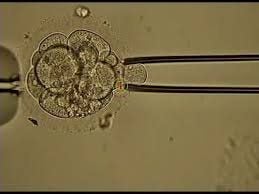
The center gathers a team of leading experts in the field of obstetrics and gynecology nationally and internationally, trained in centers leading in the world such as in the US, Singapore, Japan, Australia and famous fertility centers in the world.
With high expertise and extensive experience, Vinmec IVF Center's experts are capable of synchronously and comprehensively deploying the most advanced assisted reproductive techniques today, helping realize the dream of becoming a parent of hundreds of families across Vietnam.
Please dial HOTLINE for more information or register for an appointment HERE. Download MyVinmec app to make appointments faster and to manage your bookings easily.
Recommended video:What day of the IVF cycle should embryo transfer be?





